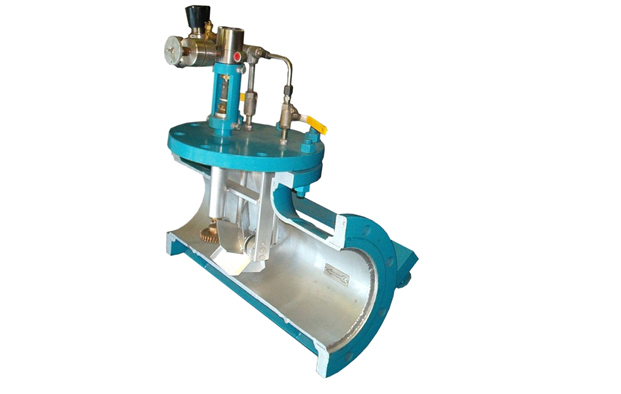HYDROSTATIC TESTING
A hydrostatic test is the normal way in which a pressure vessel, valve, BOP, or pipeline is checked for leaks or flaws. Testing is crucial to avoid failure.
The vessel is filled with a liquid that is near incompressible, and then examined for leaks. The test pressure is always considerably more than the operating pressure (for safety) .typically 150% ( API ) of the operating pressure. Water is most commonly used because it is almost completely incompressible, and will only expand by a very small amount if the vessel splits.
Small pressure vessels are normally tested using a water jacket test, whereby the vessel is evaluated for defects and placed in a water filled container. The change in volume can be detected by monitoring water level. The vessel is then pressurized and depressurized so that the water level in the jacket can be reexamined. The level will be greater if the vessel being tested has been distorted by the pressure change and did not return to its original volume or some of the pressurized water inside has leaked out. In both cases, this will normally signify that the vessel has failed the test.
HYDROSTATIC TEST PUMPS
Mcfarland’s positive displacement reciprocating plunger pumps are durable and reliably engineered as hydrostatic test pumps. For product descriptions, please see:
- Air/Gas Driven Hydrostatic Test Pumps
- Electric/Engine Driven Hydrostatic Test Pumps









